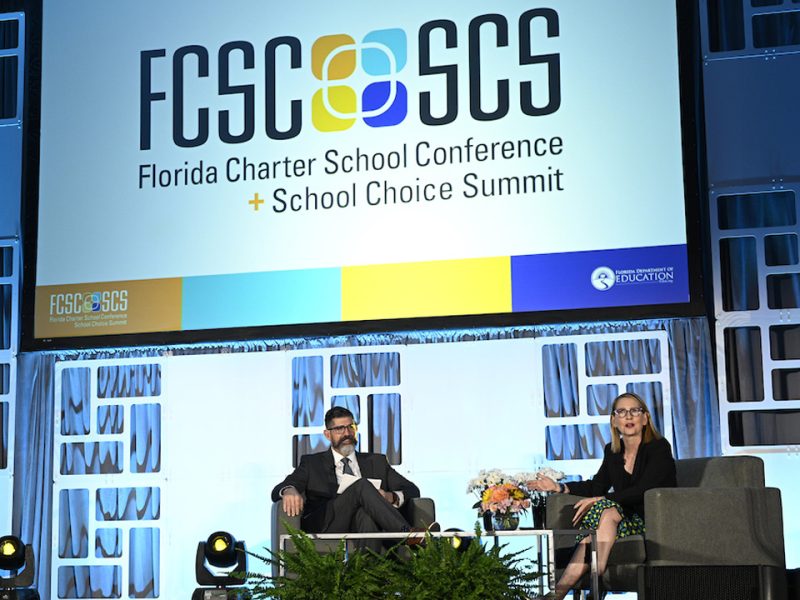CDC finds scant spread of coronavirus in schools with precautions in place
Washington Post | by Laura Meckler | January 26, 2021
Schools operating in person have seen scant transmission of the coronavirus, particularly when masks and distancing are employed, but some indoor athletics have led to infections and should be curtailed if schools want to operate safely, researchers from the Centers for Disease Control and Prevention concluded in papers published Tuesday.
The CDC team reviewed data from studies in the United States and abroad and found the experience in schools different from nursing homes and high-density work sites where rapid spread has occurred.
“The preponderance of available evidence from the fall school semester has been reassuring,” wrote three CDC researchers in a viewpoint piece published online Tuesday in the Journal of the American Medical Association. “There has been little evidence that schools have contributed meaningfully to increased community transmission.”
The review, which echoes the conclusions of other researchers, comes as many schools districts continue to wrestle with whether and how to reopen schools and as President Biden makes a return to in-person learning one of his top pandemic-related priorities.
A new CDC study, also released Tuesday, looked at 17 rural K-12 schools in Wisconsin and found just seven out of 191 coronavirus cases resulted from in-school transmission. Researchers noted that students and staff in these schools wore masks almost all the time.
“The conclusion here is with proper prevention efforts … we can keep transmission in schools and educational settings quite low,” said Margaret A. Honein, the lead author of the JAMA report. “We didn’t know that at the beginning of the year but the data has really accumulated.”
She said that even in places with infection rates, there is no evidence that schools will transmit the virus at rates that are any higher than those seen in the general community and that they can operate safely as long as precautions are employed.
The CDC recommends that schools require masks, allow for a distance of six feet between people and keep students in cohorts to limit the number of people who must quarantine in the case of an exposure.
“With good prevention, we can safely reopen and keep open more schools,” said Honein, lead for the CDC State and Local Health Department Covid Task Force.
The researchers said they were far more concerned about indoor sports and other extracurricular activities that do not allow for distancing and mask use.
A new CDC report, also released on Tuesday, described two December high school wrestling tournaments in Florida where 30 percent of the 130 athletes, coaches and referees who participated were then diagnosed with the virus. The actual rates might be higher, the report noted, as fewer than half the participants were tested.
After the tournaments, testing was conducted among the 95 people in close contact with the infected tournament participants, and found 43 percent of them tested positive. One person, an adult over age 50, died.
Wrestling, the report noted, is an activity where distancing is not possible and wearing masks is not safe.
“The bottom line for me is really prioritizing the in-person educational setting and making the hard choices both in communities and in schools about other activities that we value but might have to be postponed to not jeopardize our children’s education,” Honein said in an interview.
To try to reopen schools, Biden has asked Congress for $130 billion to help offset costs and promised better guidance from his administration on how to do so safely. President Donald Trump also pushed schools to open, though provided little guidance, data collection or funding to help them.
Biden says his goal is to have a majority of K-8 schools open within 100 days of taking office, though he has not said how he will calculate this metric, or whether hybrid systems, where students divide their time between learning in school and at home, would count.
A survey of 13,597 school districts by MCH Strategic Data, cited by the CDC, found 17 percent of school districts were fully open for in-person instruction in the fall and 51 percent used a hybrid model, with 24 percent fully online.
Little was known about the spread of the virus in schools when the pandemic shuttered virtually every classroom in America last spring. Over the summer and into the fall, administrators struggled to balance fears of the virus against the academic and emotional toll that online learning was taking on children.
Some parents have demanded a return to classrooms, but others fear it, particularly parents of color whose communities have been ravaged by the pandemic.
Teachers in many communities have lobbied strongly against going back, and some with strong unions have been able to slow or prevent a return. In Chicago, for instance, members of the Chicago Teachers Union are refusing orders to come back to buildings as the public schools attempt to resume in-person education.
As the school year progressed, evidence emerged that virus transmission inside schools was low, giving some comfort. Yet at the same time, infection rates began to soar, increasing fears about the dangers.
The CDC review published Tuesday cited three domestic studies, including the Wisconsin research, and two from abroad.
In Mississippi, a study among children found that attending gatherings and social functions outside the home and having people over increased risk of infection but attending school in person did not.
A study in 11 North Carolina schools districts, with more than 90,000 students and staff, found within-school virus transmissions to be “very rare”— just 32 infections acquired in school vs. 773 acquired in the community. The study found no cases of student-to-staff transmission.
The researchers also looked at data from two international studies. A report from Europe found that schools were not increasing community spread. In Israel, however, there was a large outbreak in a high school last May. Researchers noted that in these case, classrooms were crowded, not everybody wore masks and an air conditioning system recycled interior air in closed rooms.
Photo: Tai Nguyen, right, works on his laptop as instructor Chaya Baras, left, helps student Kenny Scottborough navigate an online lesson at West Brooklyn Community High School in New York. (Kathy Willens/AP)





